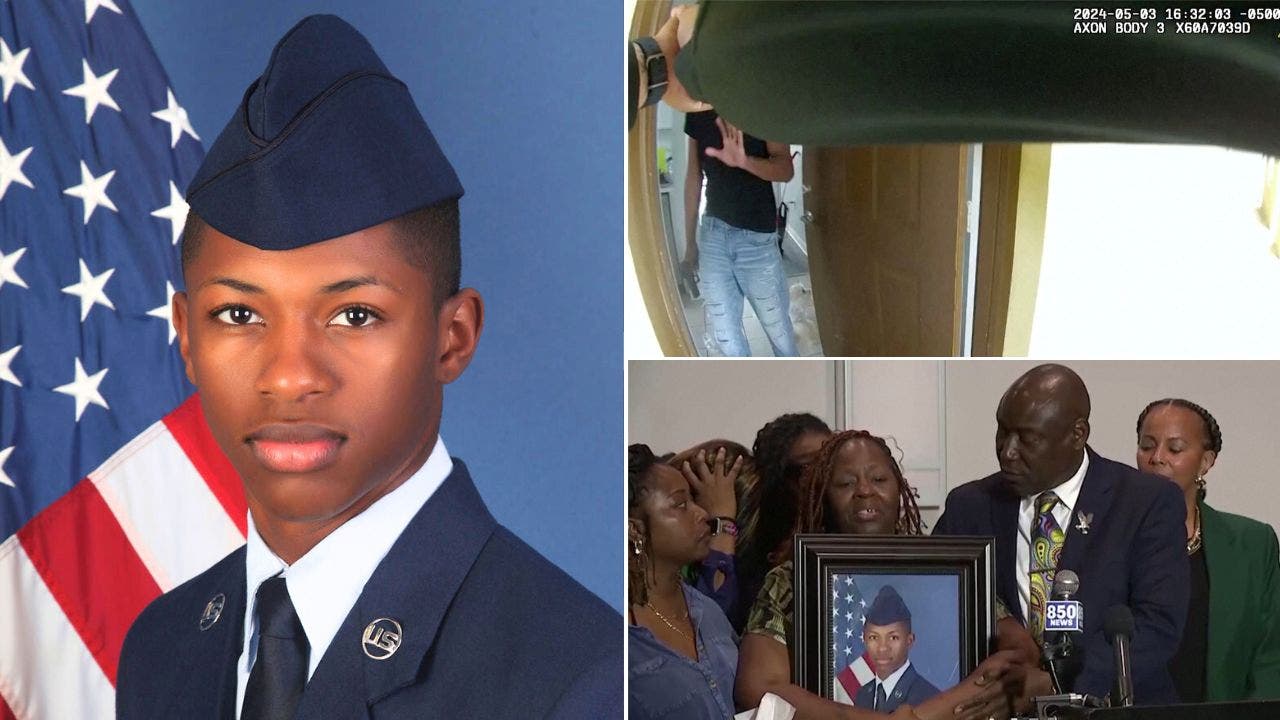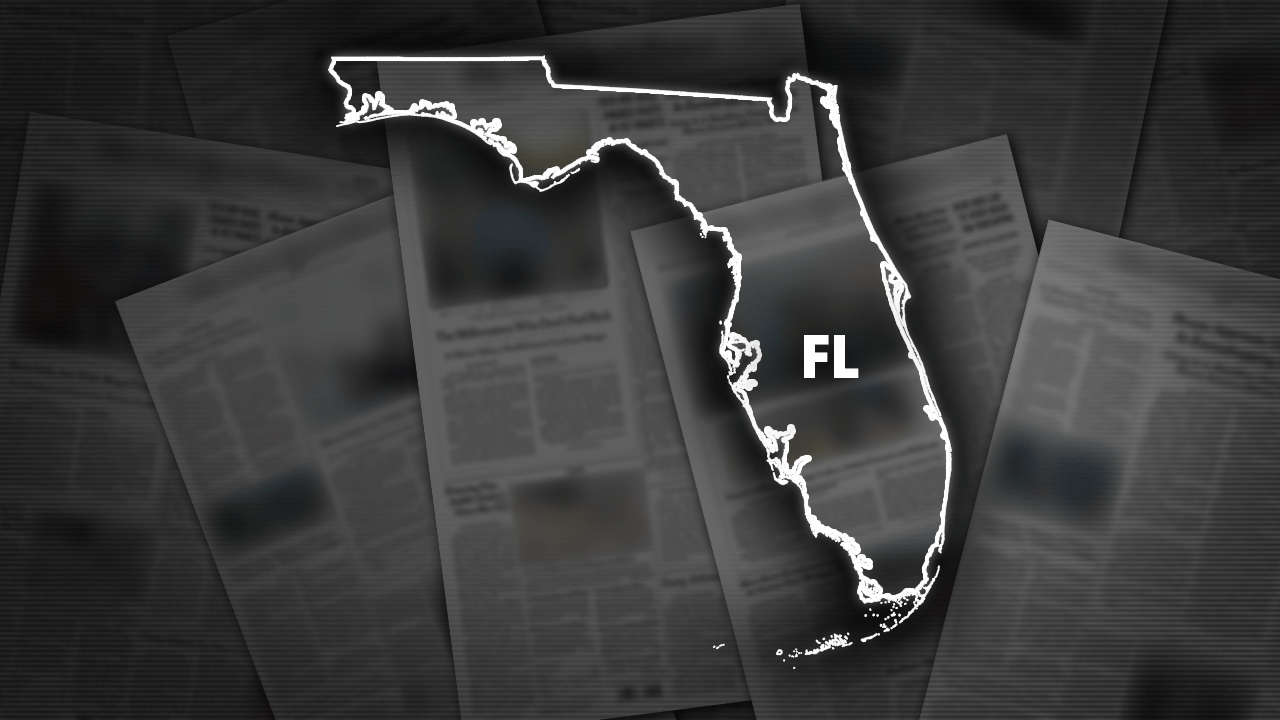An elderly president isn’t sure whether he should run for a second term. His approval ratings are low, and there are concerns about his health. His advisers, adamant that he is the only bulwark against a formidable opponent, insist that his candidacy is crucial for the survival of democracy. If he does not run, they say, dictatorship will prevail. Despite his reservations, the president agrees. He pledges to defeat his opponent and protect his country’s future.
This isn’t America today; it’s Russia in 1996. That aged president is not Joe Biden but Boris Yeltsin. His fearsome rival is not Donald Trump but the Communist leader Gennady Zyuganov. As I watch the American presidential campaign unfold, I’ve been constantly reminded of their contest. For all the differences between them, I can’t shake a sense of déjà vu.
Back in the ’90s, Russia stood at a crossroads, seemingly faced with a clear choice: democracy or tyranny. Today it is evident that this was a false dichotomy. Instead, a dishonest campaign based on fear not only undermined Russians’ faith in democracy but also inadvertently facilitated the rise of a future dictator, Vladimir Putin. It’s a pretty scary story.
At the end of 1995, Boris Yeltsin’s popularity was dismally low, with approval ratings around 6 percent. Yet his advisers were bullish. Overlooking other, more popular democratic candidates — Viktor Chernomyrdin and the young Boris Nemtsov — they believed Mr. Yeltsin was the only one capable of saving the nation from a Communist resurgence, citing his electoral victory over the Communists in 1991. The country’s young democracy was at stake. Reluctant at first, he was eventually convinced.
It’s true there was reason to be concerned. Amid countrywide discontent, Mr. Zyuganov was running a campaign that might be summarized by a familiar slogan: “Make Russia great again.” By the end of 1995, his party had triumphed in the parliamentary elections, effectively securing control over the lower house. In early 1996, his presence at the World Economic Forum in Davos cemented his status as the presumptive next president of Russia, with many considering his victory all but assured.
But Mr. Yeltsin’s advisers were not going to give up easily. Instead, they set about creating a remarkably effective campaign, following what they called the formula of fear. One of the campaign managers, Sergei Zverev, explained their thinking to me when I was researching a book about the ’90s in Russia. “It was essential to deploy every tactic to instill a fear of the future among the populace,” he told me, “ensuring that the potential horrors of a non-Yeltsin victory would overshadow any existing discontent with his persona.”
The Russian media, which previously enjoyed a significant degree of freedom, transformed into an extension of the presidential propaganda machine. Major television channels and newspapers not only supported Mr. Yeltsin but also vilified Mr. Zyuganov. They depicted grim scenarios of a Communist victory — including the restoration of the Soviet Union, mass arrests, widespread repression and the introduction of stringent censorship.
In the absence of press scrutiny, the president’s re-election campaign was opaque. Officially, there were voluntary contributions from big business to stave off a Communist victory. The reality was starkly different. Vast sums of state money were funneled to businessmen close to the regime who siphoned off a portion for themselves before allocating the remainder to the campaign. Several years ago, multiple oligarchs candidly admitted to me that they profited from the campaign, revealing the depth of the corruption that underpinned it.
By the spring of 1996, Mr. Yeltsin’s bid for re-election was in full swing. He wasn’t well. He had suffered several heart attacks and there were numerous reports that he frequently consumed excessive amounts of alcohol, claims his family persistently denied. Yet despite his health challenges, he traveled extensively across Russia, speaking energetically at numerous rallies and even dancing onstage to dispel any concerns about his vitality. The media, meanwhile, continued to do its work.
Despite early concerns about his performance, Mr. Yeltsin narrowly won the first round of the election in June, leading his Communist challenger by a slim margin of 3 percent. But just days before the runoff, disaster struck: Mr. Yeltsin suffered another heart attack. His campaign team, in shock, made a decision. The seriousness of the president’s health would be kept from the public. He no longer made live appearances; instead, television channels broadcast old footage of him.
Mr. Yeltsin emerged victorious in the second round of the election. Yet it remains unclear whether he was capable of governing. His inaugural speech was alarmingly brief, lasting only 44 seconds, and many pivotal decisions afterward were reportedly made not by him but by his family. Vladimir Potanin, a prominent Russian oligarch and first deputy prime minister in the late ’90s, once described the era to me starkly: “No one was managing the country.”
In 1999, with Mr. Yeltsin still ailing from his last heart attack, his inner circle orchestrated his early resignation. Casting around for someone easy to manage, they named as his successor the director of the Federal Security Service at the time. Mr. Putin would go on to embody the dire predictions that were spread by the media in 1996. He initiated efforts to restore aspects of the Soviet Union, carried out censorship and began a series of repressions — a level of authoritarianism that, in retrospect, seems far beyond what Mr. Zyuganov might have imagined at his worst.
Remarkably, many architects of the 1996 election still believe their actions were justified. Anatoly Chubais, who was the head of the presidential administration in 1996 and ’97, told me that those elections were crucial for preserving Russian democracy. He even claimed they paved the way for what he called the “Russian economic miracle of the 2000s.”
Other views are available. Alexei Navalny, for instance, argued that the 1996 election significantly eroded Russians’ trust in the principles of free speech and fair elections. While imprisoned in 2022, he wrote “My Fear and Loathing,” in which he expressed disdain for those he believed dashed Russia’s democratic prospects in the ’90s. “I despise those who sold, squandered and wasted the historic opportunity our country had at the start of the ’90s,” he wrote. “I abhor those we mistakenly called reformers.”
Many Americans might think the comparison between the Russian election of 1996 and the current U.S. presidential campaign is a bit of a stretch. To be sure, there are plenty of differences. Mr. Biden is clearly a very different leader from the hard-drinking Mr. Yeltsin; the American electoral system is markedly more transparent, with campaign financing regulated by law; and the media, far from an organ of state propaganda, is free and sharply polarized. American democracy, what’s more, is no fledgling.
Yet Mr. Yeltsin’s campaign is a cautionary tale. Besides underscoring the need for a candidate to offer more to voters than protection from something worse, it reveals the risks of arguing that only one person can save democracy. The formula of fear, however well founded, is a losing one. When voters vote not for but against — out of fear alone — it undermines faith in the system. And trust in democratic institutions, once lost, is hard to recover.
The tragedy of Russia did not unfold entirely in 1996; rather, the year laid the groundwork for Mr. Putin’s eventual dictatorship by eroding public trust and fostering widespread cynicism among citizens. In America today, I frequently hear that the fate of democracy hinges on the coming election. I agree. But as Russia’s experience shows, it’s never as simple as just defeating the bad guy.






